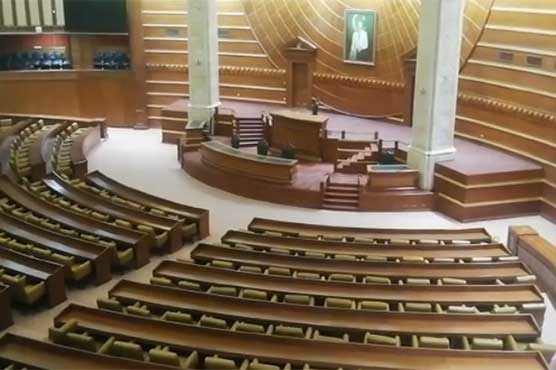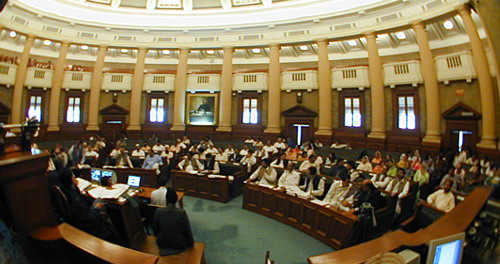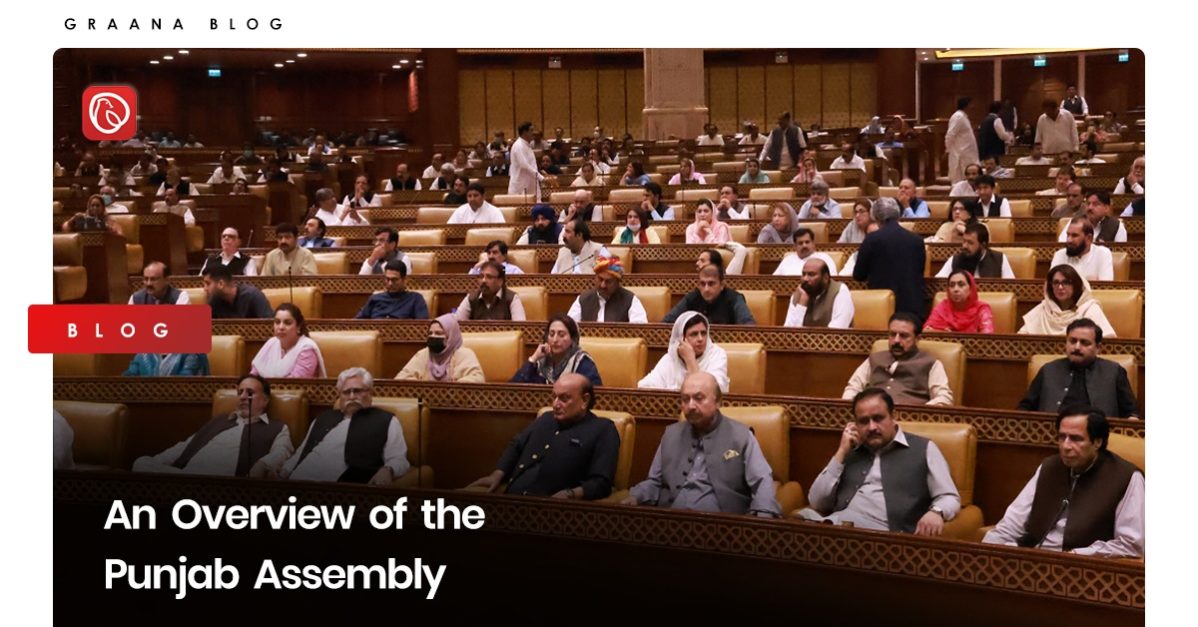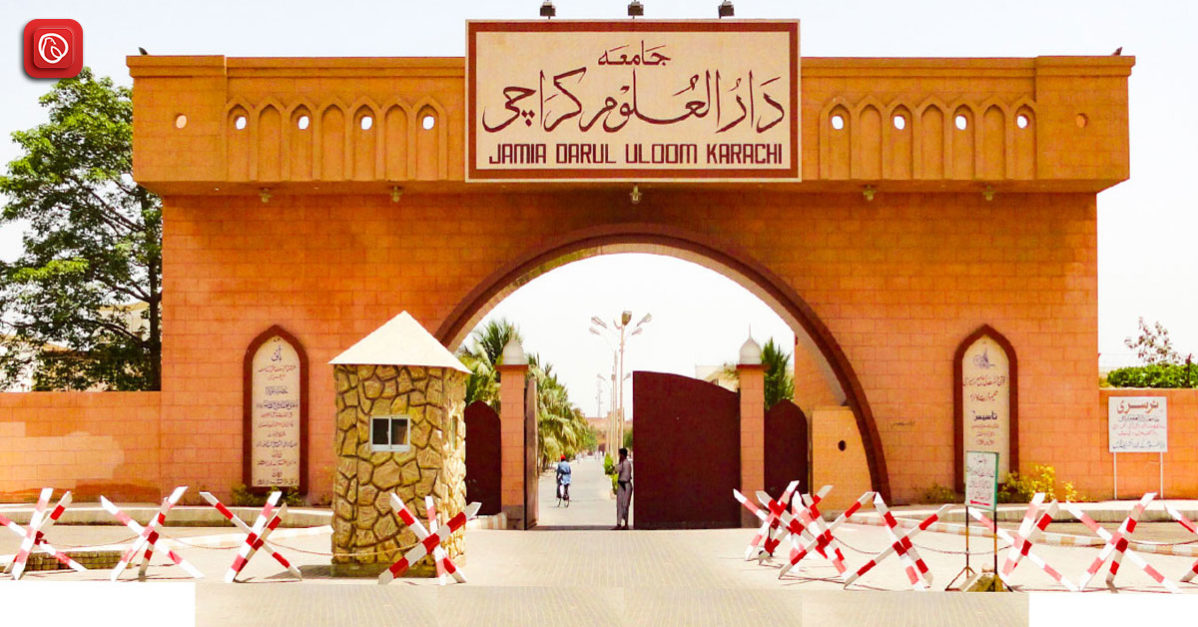The Punjab Assembly is the legislative body of Punjab in Pakistan. As it is one of the largest and most influential provinces in the country, the Punjab Assembly plays a crucial role in shaping the policies and laws that govern it.
Whether you’re a student of politics, a citizen of Punjab or simply curious about the function of the government, understanding the role of the Punjab Assembly is essential.
Graana.com takes a closer look at everything you need to know about the Provisional Assembly of Punjab.
Overview
The Provincial Assembly of Punjab is a legislative body of elected representatives from Punjab. It has its headquarters situated in Lahore, the provincial capital. The establishment of this assembly was made possible under Article 106 of the Constitution of Pakistan, which led to the creation of a unicameral legislature.
The Punjab Assembly has a total of 371 seats, which divide into three categories: 297 seats are general, 66 seats are reserved for women, and eight seats are reserved for non-Muslims.
The 17th Provincial Assembly of Punjab was dissolved on 14 January 2023. As per constitutional requirements, the province is bound to hold a new election, no later than 14 April 2023, to fill the vacant seats and establish a new legislative assembly for the province.
The process of electing representatives for the new assembly will involve a series of campaigns, voting, and tallying of ballots, as per the legal requirements, to ensure the selection of the most deserving and competent candidates.
Assembly Building

The Assembly Chamber, residential hostels, and vast lawns span across 16 acres (65,000 square metres). It is situated on the Shahrah-e-Quaid-Azam. After complete construction in 1935, the Assembly Chamber served as the meeting place for the assembly.
Following the establishment of Pakistan and the partition of the province, the building underwent a transformation and was designated as the administrative centre for the new Punjab.
Over the years, it has served as a significant hub for administrative, legislative, and political activities in the province. The building’s strategic location, sprawling grounds, and state-of-the-art facilities make it an ideal place for hosting conferences, seminars, and other public events.
Assembly Chamber

Bazel M. Salune, who served as the chief architect of the Architecture Circle of Punjab, designed the Assembly Chamber. During the British Raj, Sir Jogindar Singh, Minister of Agriculture, laid the foundation stone of the chamber on 17th November 1935.
They completed the construction in 1938. Bazel M. Salune’s expertise in architecture is evident in the majestic design of the Assembly Chamber, which remains an iconic landmark of the region.
On the first floor of the building, one can find the magnificent Assembly Hall, which is a blend of Indian and Roman architectural styles. Initially intended to host a small number of members, the hall can now accommodate up to 371 members. It has a modern public address system and a state-of-the-art closed-circuit television system to ensure the efficient conduction of proceedings.
Previously, there was a gallery seating area that could accommodate up to 200 visitors who wished to witness the Assembly’s deliberations.
However, due to a large number of members, most of the gallery has been converted to the floor of the house to accommodate more people. This change has also made accommodations for radio and television press available, making it easier for the media to cover the legislative proceedings in a more effective manner.
There are various other rooms on the first floor. This includes the Speaker’s Chamber, Chief Minister’s Chamber, Deputy Speaker’s Office, and Cabinet Room. It also includes ministers’ offices, two committee rooms, and offices for the Assembly Secretariat.
On the ground floor, there are different facilities such as a reception area, cafeteria, library, prayer room, dispensary, the office of the opposition leader, the bank, the Assembly Secretariat offices, and one committee room.
Pipal’s House
The construction of Pipal’s House, the first residential hostel for members, near the Punjab Civil Secretariat took place in 1950. The building has 40 units and consists of two-storey blocks on three sides of a common garden, with six units on each storey.
The remaining four units are located in the fourth block. Each residential unit in Pipal’s House comprises a spacious bedroom, a dressing room, and a bathroom. Some units come with a kitchen and a veranda.
Additional Housing
In 1988, a project was initiated to construct additional housing for assembly members under the supervision of the Chief Minister of Punjab. Renowned architect Nayyar Ali Dada was appointed as a consultant for the project.
The proposed construction was to be situated on the west lawn of the assembly building and would consist of two blocks, A and B. Block A was designed as a semicircular building, and Block B as a rectangular building. Block A was divided into two phases and was intended to contain 108 suites.
In 1988, the construction for phase I of Block A commenced, and the then-Chief Minister Nawaz Sharif laid down the foundation stone. This phase was completed in 1992, and Manzoor Wattoo, Speaker of the Assembly, presided over the inauguration ceremony. Phase I comprised a basement, ground floor, and four residential floors.
The ground floor houses a reception area and a lounge for visitors. The 4 residential floors contain a total of 36 suites, with 9 suites on each floor. Each suite consists of one bedroom with an attached bathroom and a kitchen.
Initially, they included 72 residential units in the Phase II plan but later revised it to include 40 residential suites. Each suite comprises a lounge, a bedroom, an office, a kitchen, and two bathrooms.
Constitution
According to Article 106 of the constitution, each provincial assembly will have both general seats and seats reserved only for women and non-Muslims.
The Provincial Assembly of Punjab, as specified in the same article, will have a total of 371 seats, with 297 general seats, 66 seats reserved for women, and 8 seats reserved for non-Muslims.
Qualification of Members
As per Article 113 of the Constitution, the qualifications for membership in the provincial assembly are the same as those for the national assembly, which was outlined in Article 62 of the Constitution.
These qualifications include the following:
- Must be a citizen of Pakistan
- At least 25 years of age, and enrolled as a voter in:
- any electoral roll in any part of Pakistan for election to a general seat or a seat reserved for non-Muslims, or
- in any area in a province from which the member seeks membership for election to a seat reserved for women
- Must also have a good character, adequate knowledge of Islamic teachings and practices, be sagacious, righteous, non-profligate, and honest
- Must not have a conviction for a crime involving moral turpitude or for giving false evidence.
- Must have never worked against the integrity of the country or opposed the ideology of Pakistan since its establishment
To clarify, as per Article 62 of the Constitution, disqualifications related to having knowledge of Islamic teachings and practices do not apply to non-Muslim members of the Provincial Assembly.
However, non-Muslim members must have a good moral reputation. Moreover, they must also possess other qualifications that an act of parliament prescribes.
Disqualification of Members
The Constitution of Pakistan sets out the qualifications for disqualification of members of a provincial assembly in Articles 63, 63A, 113, and 127. A person may not be elected or chosen as, or continue to serve as, a member of the provincial assembly if they
- have an unsound mind
- have an undischarged insolvent
- cease to be a citizen of Pakistan
- hold an office of profit in the service of Pakistan
- are in the service of a statutory body owned or controlled by the government, or
- propagate opinions prejudicial to the ideology of Pakistan or the sovereignty, integrity, or security of the country
Other disqualifications include conviction of corrupt practices, moral turpitude, or misuse of power, as well as dismissal or removal from the service of the government.
Also, a member could also be disqualified if found guilty of illegal practices. Finally, a person cannot have any share or interest in a contract for the supply of goods or execution of service for the government.
List of Assemblies
The following table enlists all the assemblies of Punjab to date, along with their respective terms.
| Order | Terms |
| First Assembly | 1947–1949 |
| Second Assembly | 1951–1955 |
| Third Assembly (Provincial Assembly of West Pakistan) | 1956 |
| Fourth Assembly (Provincial Assembly of West Pakistan) | 1956–1958 |
| Fifth Assembly (Provincial Assembly of West Pakistan) | 1962–1965 |
| Sixth Assembly (Provincial Assembly of West Pakistan) | 1965–1969 |
| Seventh Assembly | 1972–1977 |
| Eighth Assembly | 1977 |
| Ninth Assembly | 1985–1988 |
| Tenth Assembly | 1988–1990 |
| Eleventh Assembly | 1990–1993 |
| Twelfth Assembly | 1993–1996 |
| Thirteen Assembly | 1996–1999 |
| Fourteenth Assembly | 2002–2007 |
| Fifteenth Assembly | 2008–2013 |
| Sixteenth Assembly | 2013–2018 |
| Seventeenth Assembly | 2018–2023 |
For more related information, visit Graana Blog.




